#david leslie
Text

Evdeki Düşman:Başlangıç
Bir kaçış öyküsü
Kendinden dünyadan kaçmak içindi bütün çabası. Saklandığı ev aslında onun esir kambın olacaktı.
Tam “dinsizin hakkından imansız gelir” lafının filmi gibi
Korku severler her daim ayrı bir duruş ile sevdiği filmlerden . Bunun bir özelliği tabii ki filmden sonra aynı buna benzer bir gerçek bir olayın yaşanması. Yapımcılar olayın birinci perdesini çekmeye ikna etmiş gözüküyor.
Ve filme geçelim.
Akıl hastanesinden kaçarak zengin bir ailenin kaybolan çocuğunun yerine geçen bir kızın hikayesini konu ediyor. Rusya’da bir psikiyatri kliniğinde yatan Leena Klammer, uzun süredir kaçmayı planlar. Sonunda amacına ulaşan Leena’nın önündeki hedef yeni bir kurban aile. Amerikalı varlıklı bir ailenin kayıp kızı rolüne bürünerek oyununa başlar. Ancak Leena’nın artık "Esther" olduğu yeni hayatında planlamadığı bir durum vardır. Anne Tricia, çocuklarını korumak için Esther’in karşısına dikilen her şeyi göze alan biridir.
Bir yetim olan Esther yine kendinden nefret ettiriyor ama bu kez büyük bir farkla: Ondan daha nefretlik bir aileyle birlikte.... Filmin aile kavramıyla alakalı bazı dertleri olduğunu görüyoruz. Yer yer donu ifadeler her an patlamaya hazır bir bomba izlenimi yaratıyor.
Ailenin de yozlaşmış ve sevgi değil mecburiyetten birbirine katlanan bir grup insanın. Dengelerini korumak için neler yapabileceğine tanık oluyoruz . Her ailenin bir sırrı vardır . Esther ise sırlarını ile gelen bir yabancıydı . Sırlar ortak hedef uğruna aynı masada toplanmalarına sahne mi olacak? Yoksa savaş çok daha sert mi geçecek ? Seyircinin gerilmesine ,izlemesine ve beklentiyi yüksek tutan bir film karşınızda. Bazen bir aileye dahil olmak yalnızlıktan çok daha kötüdür .
#orphan#orphan first kill#william brent bell#david coggeshall#alex mace#david leslie#johnson mcgoldrick#kyle ırving#hal sadoff#ısabella fuhman#julia stiles#rossif sutherland#hiro kanagawa#stephanie sy#jade michael#lauren cochrane#matthew finlan#erik athavale#marina stephenson kerr#sharon bajer
3 notes
·
View notes
Text
The Battle of Worcester, 3rd September 1651: ‘say you have been at Worcester, where England’s sorrows began, and where happily they are ended.’
The “Crowning Mercy” and the end of the Civil Wars

Source: The Douglas Archives website
THE BATTLE of Dunbar shattered the fragile unity of the alliance gathered around Charles II to restore the Stuarts to the throne of England. The King was rapidly wearying of the dour Puritanism of the Covenanters and the constant lecturing he was receiving from Presbyterian ministers, suspicious of the sincerity of Charles’ conversion to the Calvinist cause. The “Kirk Party” (the old Covenanters who had reclaimed the government of Scotland after the failure of the Engager faction in the second civil war) began to lose ground. Charles was said to have been secretly delighted at the Kirk’s defeat at Dunbar, and looked to the rise of an authentic Scottish Royalism to propel him to his lost throne. His greatest hope was that the Catholic and pro-Suart Highlanders would come to his aid and he fled Edinburgh for Perth in October 1650, only to fall back into the hands of Covenanter forces as the promised Highland rebellion fizzled out.
At this point, the Presbyterian unity was also broken by the formation of a new military group known as the Western Association, based in the south-west of the country and under the command of a number of Covenanter officers. Their view was that the priority now was to defend the Solemn League and Covenant against the victorious Commonwealth forces, and that Charles Stuart should look to his own devices. On 2nd October the Western Association issued a ‘remonstrance’ to the Committee of Estates that blamed the defeat at Dunbar on the Kirk Party’s flawed strategy of supporting a King who continued to be surrounded by Anglican Royalists and whose personal conversion to Presbyterianism was skin-deep at best. A second remonstrance was released in which the Western Association effectively seceded from the Covenanter army, refusing to have any truck with the attempt to restore Charles to his throne. This resulted in a fundamental breach in the Scottish government in which the new faction, known as the “Remonstrants” was ranged against the Kirk Party.
With an English army dominant in Scotland and now the Covenanter government itself riven, Charles unexpectedly found himself in the welcome position of becoming the focal point of Scottish resistance against the invaders. Although most Scottish people entertained suspicion of Charles’ motivations and sincerity, they nonetheless recognised him as their sovereign, around whom they could rally to eject the hated English schematics of the New Model Army. Charles became head of an organic national Royalism that could yet transform his fortunes. The Kirk Party therefore determined to work with the Royalists to bring the Remonstrants to heel, but before they could, Cromwell and Major-General John Lambert did their work for them. The Western Association army was commanded by Colonel Gilbert Ker, who becoming aware of the Kirk’s intent to force the Remonstrants into compliance, thought his best option was to gain credibility and renown for his faction by defeating the English. Cromwell meanwhile had already decided to destroy Ker’s small army before moving on to contend with the Committee of Estates’ remaining forces under David Leslie. Initially Ker met with success, stymying Cromwell at the Clyde in late November and then moving to meet Lambert’s troops, whom he believed he outnumbered, outside Hamilton. On 1st December Ker entered the town believing Lambert’s troops had withdrawn, only to be ambushed by the Commonwealth forces as he did so. In the following short sharp battle, the Western Association army was destroyed.
The decisive defeat of the Remonstrants, although welcomed by the Committee, also deprived it of an army it had hoped to bring back into the fold. The government therefore quickly renounced previous strictures that had prevented Royalists, Anglicans, former Engagers and other “schematics” from forming armed forces. With the reluctant acquiescence of the Presbyterian ministers, the Kirk Party was able to increase its military strength to twenty five regiments by creating what was a genuinely Scottish national army, named the Army of the Kingdom. This paved the way for the formal coronation of Charles as King of Scotland at Scone, near Perth on New Year’s Day 1651. Charles was crowned by Archibald Campbell, Earl of Argyll, head of the Scottish government and now, at the apex of his power, kingmaker too.
However, despite the new optimism brought about by this display of national unity, what should happen next was not at all clear. Cromwell controlled the capital and all routes into England; Charles’ natural heartland of the Highlands was cut off from him and although Leslie had adopted a strong defensive line across the Firth of Forth, there was no immediately obvious military strategy that could feasibly deliver victory. Winter became spring which became summer with no movement by either side until Cromwell at last resolved to force the issue. In mid-July he ordered an amphibious crossing over the Forth, using flat-bottomed boats, and Commonwealth troops were soon landed on the Fife shore under the command of Lambert. The Scots moved to repulse the English force but Leslie’s soldiers were raw recruits who, in open battle, were no match for Lambert’s ironsides. The two armies met on the hills outside the town of Inverkeithing and it took just fifteen minutes for the experienced New Model troops to scatter their opponents. Over 2,000 Scots were killed in the ensuing rout, 1500 men were taken prisoner and the defensive front around Fife collapsed. There was now only one option left open to Charles and Leslie: to launch an invasion of England.
The evidence is that this is precisely what Cromwell wanted Charles and the Scots to do, because he removed his own forces from the roads into England and proceeded to attack and capture Perth. It is likely that the King and Leslie knew that they were heading into a trap, but Charles continued to entertain the hope that once the Royal standards were sighted in England, Royalists would rally to his cause and the relatively small army of 12,000 that commenced the march south on 31st July, would soon grow to become a force equal to those that could be fielded by the Commonwealth south of the border.
The Scots army crossed into England on 6th August. Charles’ high spirits did not last long. Not only did Argyll refuse to join the expedition on the grounds he thought it was folly, but the hoped-for rally of English Royalists did not happen. There was an abortive attempt to join Charles by Lord Stanley from the Isle of Man but, apart from this, just 200 reluctant recruits from Manchester joined the Royalist army. In truth, the English population were tired of war. They had no real love for the Puritan Commonwealth, but at least the New Model Army could enforce peace and slowly, over the last two years, life had begun to return to some sort of normality. Furthermore, there was no affection for the Scots who made up most of Charles’ army, either. This was the fourth Scottish invasion of England in twelve years and the destruction and plunder that had accompanied previous incursions had not been forgotten. Meanwhile, leaving George Monck to continue to hold Commonwealth positions in Scotland, Cromwell led an infantry-based force in pursuit, while Lambert and Colonel Thomas Harrison followed Charles at the head of two small cavalry forces, harrying his troops all the way. Finally, on 31st August, the Royalists arrived at Worcester, where Leslie determined the decisive battle needed to be fought.
Worcester did make sense as a base of operations from a Royalist perspective: the city had historically supported the King; it was bounded by the River Severn and was close enough to the Royalist heartlands of Cornwall and Wales. It was also defensible with a number of bridges into the city which could be destroyed or be blocked and it was partially walled. However, as the Royalists settled into their new stronghold, they were effectively surrounded. Cromwell, Harrison and Lambert had combined their forces and, supplemented by local Parliamentary levies, the Commonwealth army now numbered 31,000 men, significantly outnumbering Charles’ force. On 3rd September, Cromwell ordered an assault from the south, under Lambert, who built pontoon bridges to cross the Severn with 11,000 troops, while Cromwell himself positioned artillery to the east of the city and commenced a bombardment. Lambert’s troops encountered stiff resistance as they tried to cross the River Teme at Powick Bridge (ironically the site of the first skirmish of the first civil war) necessitating Cromwell to lead reinforcements to force the crossing. This in itself left the Commonwealth eastern flank exposed enabling Charles himself to lead a mounted charge out of the city that nearly broke the extended Parliamentary line. Fighting uphill, the Royalists were unable to pursue their advantage and when Cromwell’s troops returned, Charles was forced to retreat back into the town. Meanwhile Lambert had defeated the Scots facing him and the battle degenerated into a vicious street by street struggle. This ended when Cromwell captured Fort Royal and turned the city’s guns onto the Scots. The stubborn Royalist retreat became a rout with soldiers fleeing the city best they could.
The Royalist army was almost completely destroyed. 3,000 men were killed and 10,000 were captured, including Leslie and all his senior officers. Charles himself miraculously managed to escape and spent six weeks on the run, hunted by Roundhead troops and helped by a network of mainly Roman Catholic aristocratic safe houses. He almost certainly did seek refuge for at least one night in the oak tree at Boscobel while Parliamentary soldiers searched for him underneath its branches. Charles eventually managed to escape to France on 16th October. While he remained alive, the dream of the restoration of the monarchy remained intact, but in all practical terms, the Royalist cause was dead.
Cromwell himself knew that the nine year English civil war was indeed over. In his despatch to the Council of State, describing his final military victory in the Parliamentary cause, he summed up the country’s prevalent feelings of relief as much as triumph at the outcome of the battle, when he described Worcester thus: ‘It is, for aught I know, a crowning mercy.’
#english civil war#oliver cromwell#charles ii of england#David Leslie#battle of Worcester#John lambert#Thomas Harrison
0 notes
Text


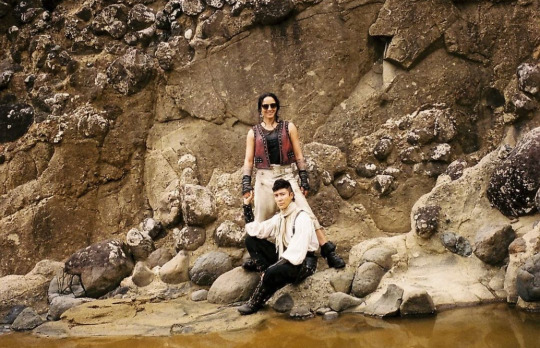



new behind the scenes pics from director Fernando Frías on the set of OUR FLAG MEANS DEATH season two
#our flag means death#ofmd#taika waititi#rhys darby#david jenkins#vico ortiz#madeleine sami#joel fry#samon kayo#leslie jones#nat faxon#ofmd season 2#ruibo qian#con o'neill
5K notes
·
View notes
Text

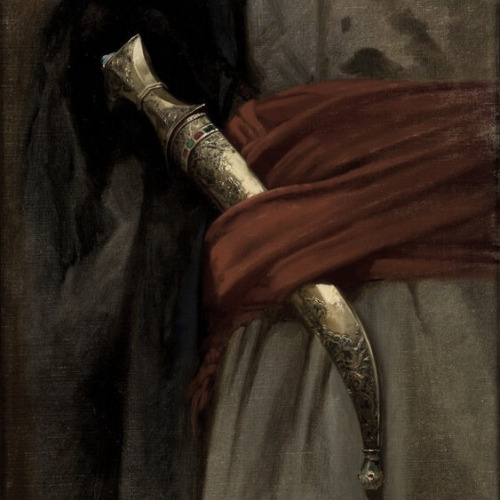
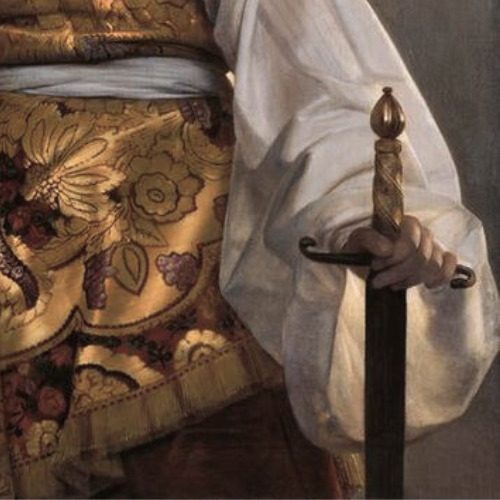
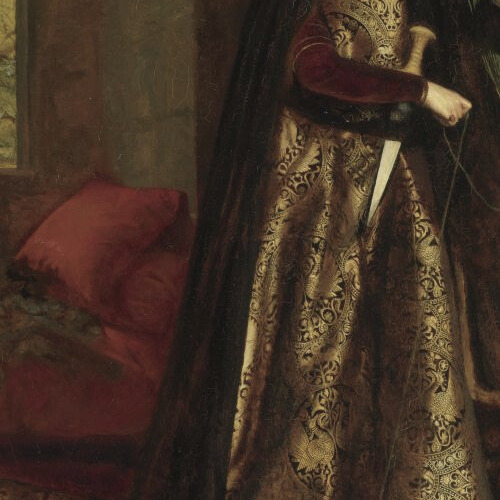

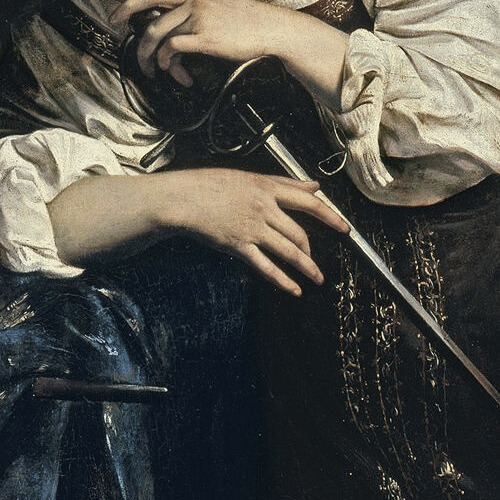






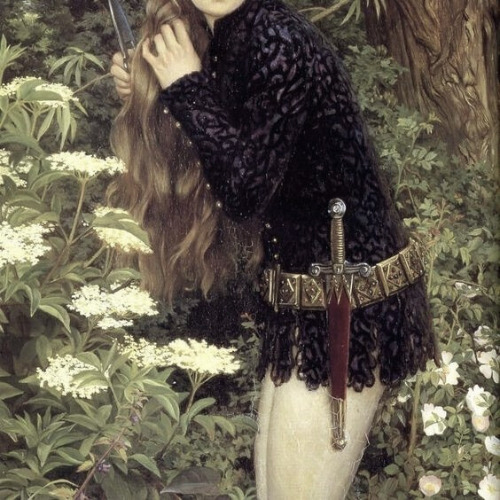

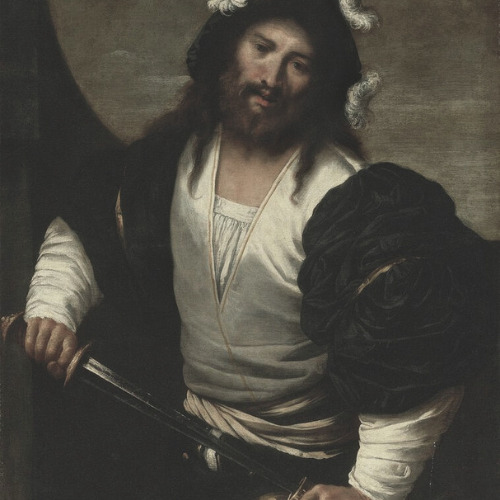


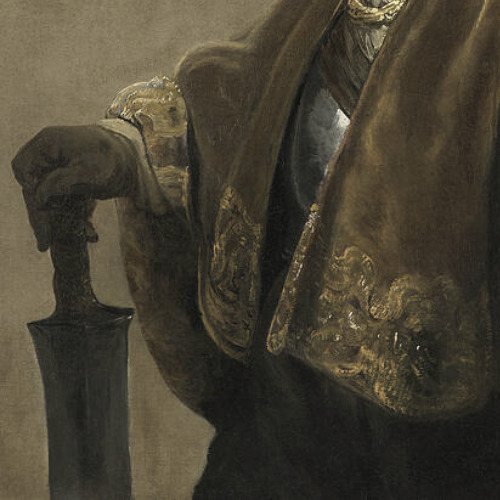

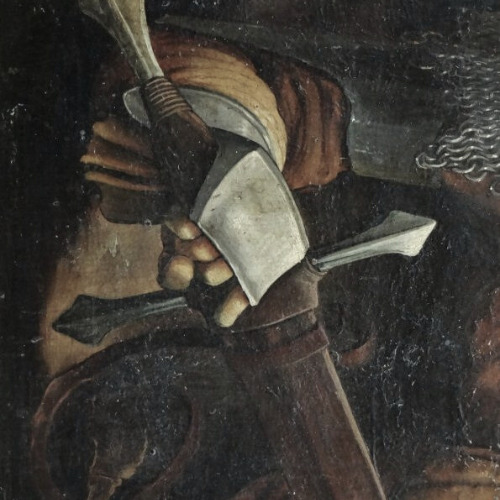
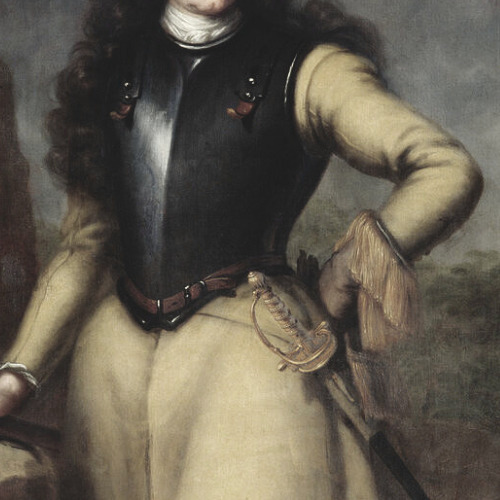

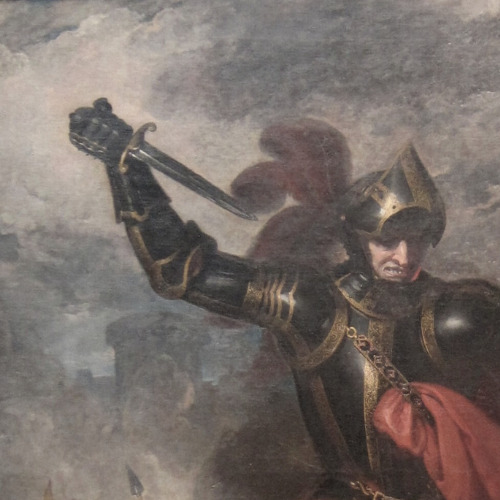
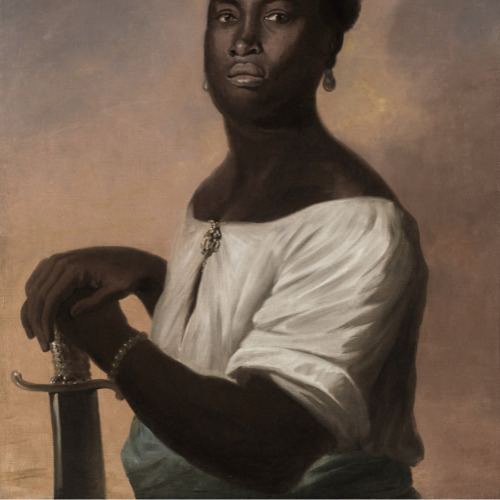



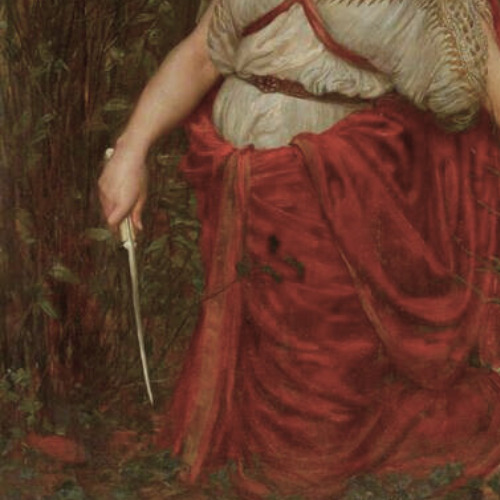


objects in art: swords/daggers
#artist is rembrandt van rijn#artist is satnislaw clebowski#artist is august riedel#artist is frank cadogan cowper#artist is unknown#artist is caravaggio#artist is benjamin west#artist is zoe-laure de chatillon#artist is hans holbein the younger#artist is edmund blair leighton#artist is eglon van der neer#cant find artist#artist is eleanor fortescue brickdale#artist is edmund blair leighton-#artist is pietro della vecchia#artist is dante gabriel rossetti#artist is sir john gilbert#artist is rambrandt van rijn#artist is ferdinand bol#artist is matthias grunewald#artist is david klocker ehrenstrahl#artist is nc wyeth#artist is charles robert leslie#artist is albert eckhout#artist is amico fruilano del dosso#artist is maestro de francfort#artist is valentine cameron prinsep#artist is vincenzo catena#artist is geergen tot sint jans#art history
2K notes
·
View notes
Text

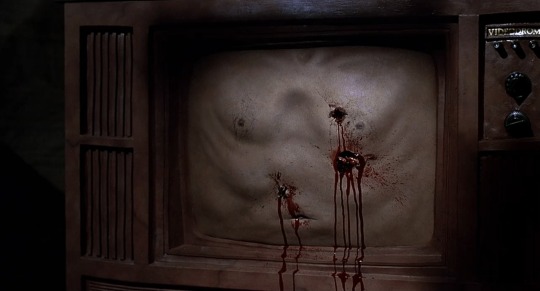



“We crave stimulation for its own sake. We gorge ourselves on it. We always want more, whether it’s tactile, emotional, or sexual.”
Videodrome (1983) dir. David Cronenberg
#videodrome#david cronenberg#james woods#debbie harry#leslie carlson#sonja smits#horror#horror film#horror edit#screencaps#films#film stills#film screencaps#cinematography
3K notes
·
View notes
Text

#movies#polls#airplane!#airplane#airplane! movie#airplane! 1980#80s movies#jerry zucker#jim abrahams#david zucker#robert hays#julie hagerty#leslie nielsen#requested#have you seen this movie poll
276 notes
·
View notes
Text
Okay but this is gold 🙏
#I can’t even pick what to point out first it’s so much#our flag means death#ofmd#ofmd bts#behind the scenes#ofmd behind the scenes#ofmd s2#leslie jones#taika waititi#rhys darby#con o'neill#vico ortiz#samba schutte#joel fry#nathan foad#david fane#samson kayo#kristian nairn#matthew maher#madeleine sami#bb
477 notes
·
View notes
Text
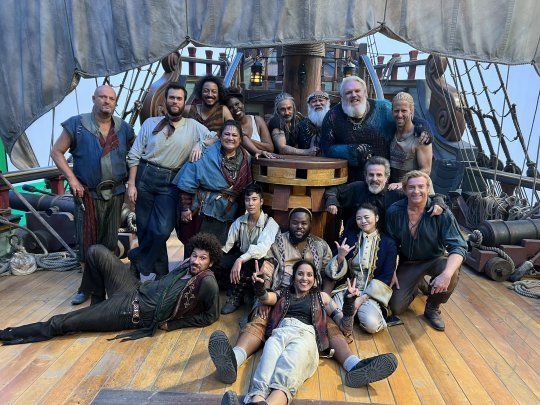
It brings me joy to see creatives celebrating their work now that the strike is over. My heart goes out to all who struggled during these tough months. I’m excited to celebrate this show I love, and flood you all with bts. Thank you SAG neg commitee, and all creatives🙏🏾❤️🏴☠️ #ofmd
Source: Samba Schutte's twitter
#rhys darby#ofmd#our flag means death#behind the scenes#taika waititi#ofmd s2 spoilers#twitter#samba schutte#joel fry#madeleine sami#samson kayo#ruibo qian#matthew maher#con o'neill#vico ortiz#kristain nairn#david fane#nathan foad#nat faxon#leslie jones
428 notes
·
View notes
Text
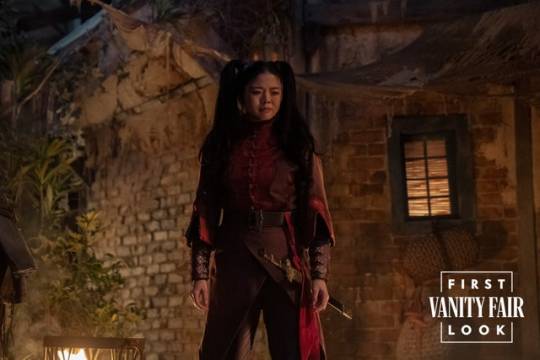
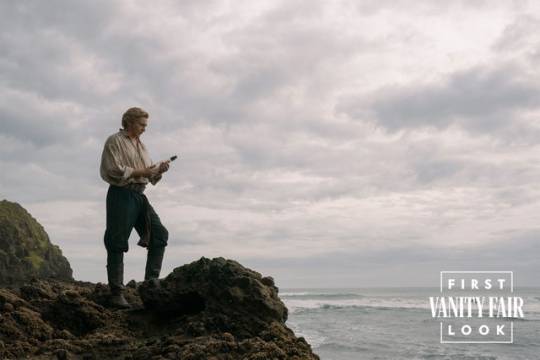
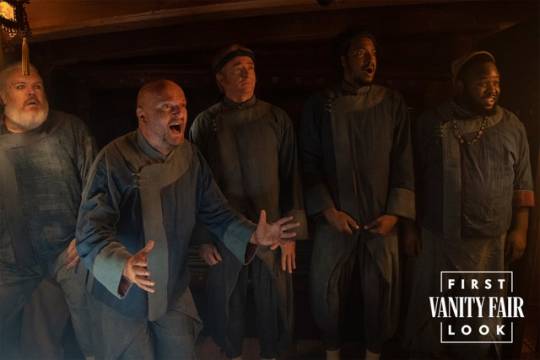





First look at ‘OUR FLAG MEANS DEATH’ Season 2 (x)
#ofmd#our flag means death#OFMD S2#david jenkins#leslie jones#rhys darby#taika waititi#ruibo qian#minnie driver#dakotasvibe#I’M LITERALLY SHAKING GUYS#WE’RE SO BACK
542 notes
·
View notes
Text

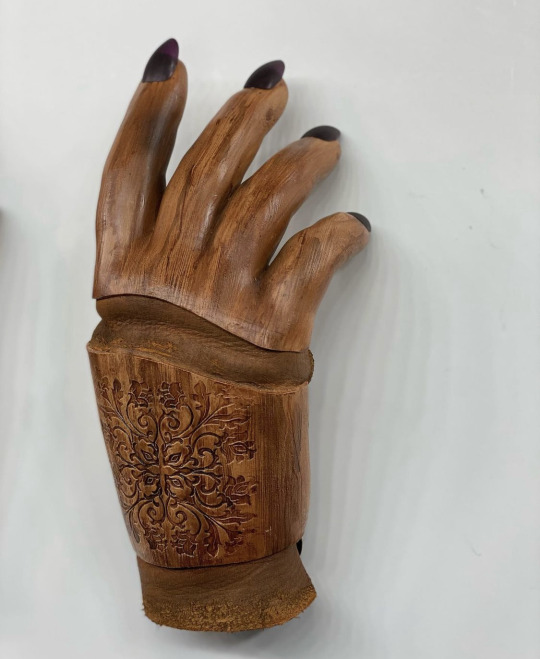




The prosthetic hand created for Spanish Jackie played by Leslie Jones in Our Flag Means Death S1 (2022) - cre. David Jenkins
Make-up department head: Nancy Vincent Hennah
Prosthetic designer: Vincent Van Dyke
4K notes
·
View notes
Text
ted lasso cast + tiny mic
(i think phil has fallen in love with it)
#tINy microOoPHOOOOne#this is literally an audition tape for him to be the next hugh dancy of romcoms i’m so sick of him#also cristo and his disney prince smile#phil dunster#jeremy swift#cristo fernández#moe jeudy lamour#david elsendoorn#billy harris#james lance#charlie hiscock#ted lasso#jamie tartt#leslie higgins#colin hughes#trent crimm#dani rojas#jan maas#thierry zoreaux#video#ted lasso cast#op
445 notes
·
View notes
Text
I’ve been thinking about this all day because not only is it Rhys who leads the hip hip like the captain, but I just remembered that mostly only aussies and kiwis do the hip hip so they trained everyone else to do it too 😂😭🥹❤️ (I think someone told me this not that long ago but correct me if I’m wrong)
✨Edit✨ so it looks like a bunch of places do it all over the world but it’s not universally done if that makes sense? Like - there’s some parts of the US that do it but other parts that have no idea what it is and same with Europe. It’s hard to not fall into anecdotal fallacy with this kind of stuff so thank you to the comments!
(Also Joel shouting “Covid 19!” when they all start huddling is both funny and baffling 😂)
Video from Kristian’s instagram here
#our flag means death#ofmd#stede bonnet#ofmd spoilers#edward teach#blackbeard#taika waititi#rhys darby#gentlebeard#OFMD cast#kristian nairn#Joel fry#David fane#con o’neill#Nathan foad#Leslie jones#vico ortiz#nat faxon#matthew maher#madeleine sami
191 notes
·
View notes
Text
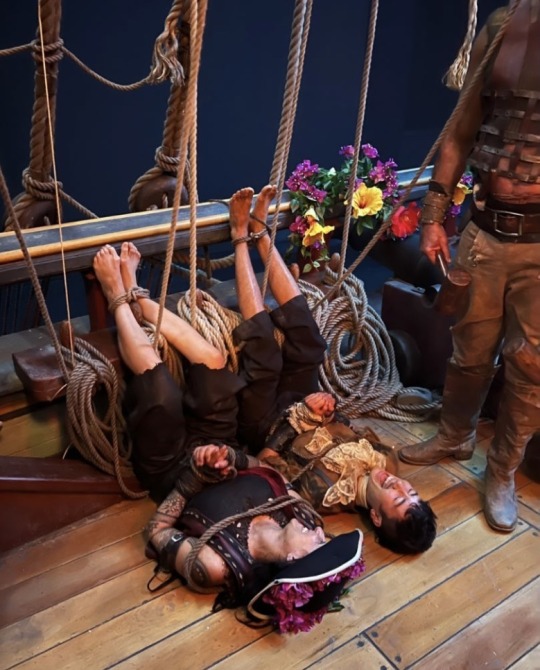
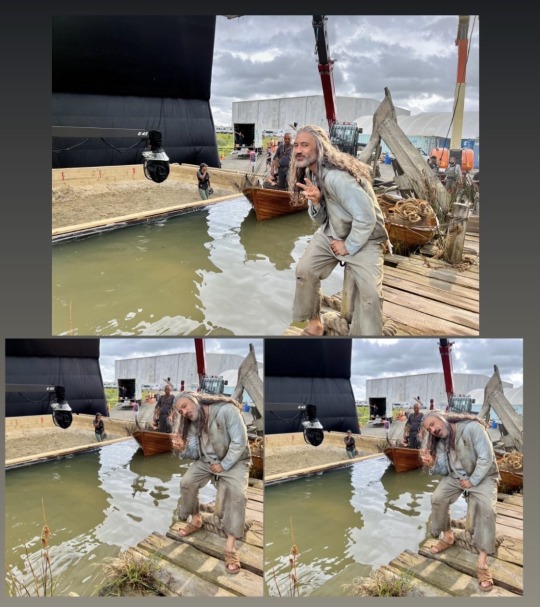
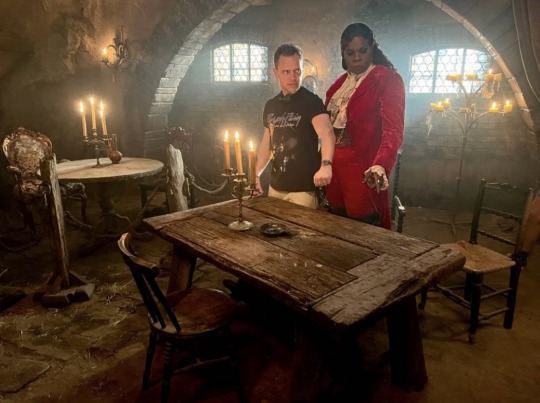
new behind the scenes pics from OUR FLAG MEANS DEATH season two
#our flag means death#ofmd#taika waititi#david jenkins#leslie jones#vico oritz#madeleine sami#ofmd season 2
4K notes
·
View notes
Photo

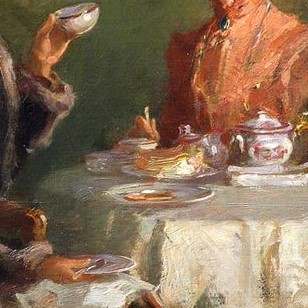
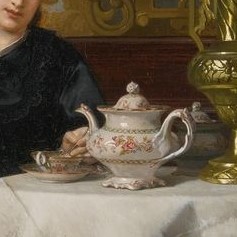
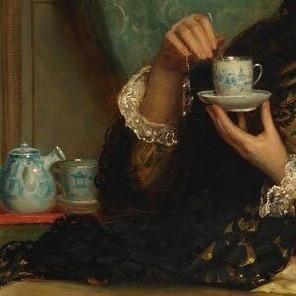

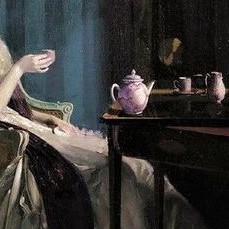

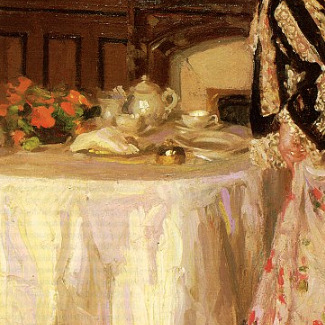
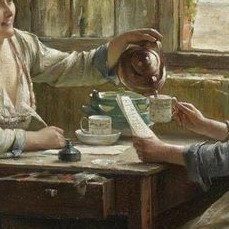
Art Details Series: Afternoon Tea
|| George Dunlop Leslie, Walter Granville-Smith, David Emile Joseph de Noter, John Bagnold Burgess, Valentine Cameron Prinsep, Charles Bittinger, Henry Salem Hubbell, Joseph Caraud, Edward Portielje ||
#aesthetic#art#women#women in art#art details#art detail#light academia#dark academia#20th century art#19th century art#18th century art#George Dunlop Leslie#Walter Granville-Smith#David Emile Joseph de Noter#John Bagnold Burgess#Charles Bittinger#Henry Salem Hubbell#Edward Portielje#Valentine Cameron Prinsep#Joseph Caraud#art series
913 notes
·
View notes
Text


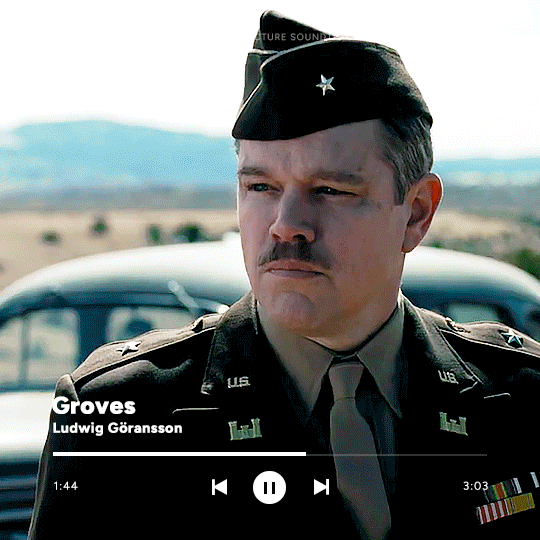
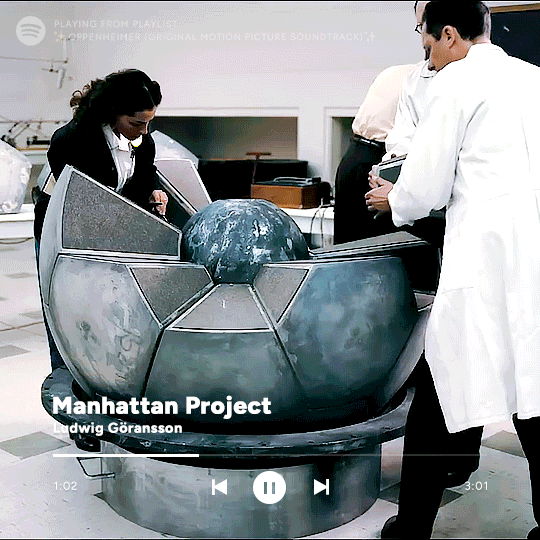






@pscentral event 22: 2023 Wrapped | Best Movie and Soundtrack: Oppenheimer
CAN YOU HEAR THE MUSIC 🎶 SPOTIFY PLAYLIST
Spotify layout
Credit: @marlenadia
#marlenadia edits#pscentral#oppenheimeredit#oppenheimer 2023#filmedit#perioddramaedit#perioddramasource#gifshistorical#nolanedit#cillian murphy#emily blunt#matt damon#christopher nolan#david krumholtz#oppenheimer movie#2023 movies#oppenheimer#j robert oppenheimer#kitty oppenheimer#leslie groves#isidor isaac rabi#moviegifs#movieedit#ludwig goransson
166 notes
·
View notes
Text
It’s already wild to infantilize the fictional characters in Hazbin, but I did not know it was possible AND POPULAR to infantilize real adults.
What do you mean your favorite voice actors “don’t know any better”? They literally auditioned for the gig, knowing the role and show, and are getting paid to do it.
Also. THEY (aside from Blake Roman) ARE ADULTS IN THEIR THIRTIES TO SIXTIES WHO CAN TAKE CARE OF THEMSELVES. They don’t need or care for parasocial fans saying that they’re “above this”.
Not a fan of Hazbin Hotel and think it’s trash (even though it hasn’t come out yet)? That’s absolutely fine.
In the wise words of Keith David, “Don’t watch.”
#hazbin hotel#stephanie beatriz#sarah stiles#don darryl rivera#leslie kritzer#mimzy#hazbin hotel mimzy#hazbin mimzy#Keith David#vaggie#hazbin hotel vaggie#vaggie hazbin hotel#vaggatha#Travis hazbin#rosie hazbin hotel#hazbin hotel rosie#Hazbin#hazbin husker#hazbin husk#hazbin hotel husk#husker#hazbin
119 notes
·
View notes